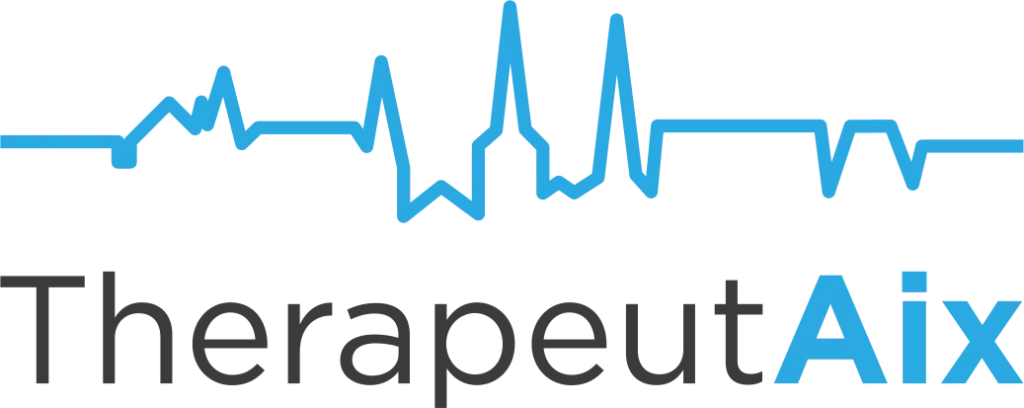As part of a four-part series, we are looking at targeted delivery in idiopathic pulmonary fibrosis (IPF). This week, we focus on inhalation therapy after following with interest the progress of the inhaled formulation of pirfenidone (AP01, Avalyn Pharma).
This approach delivers high concentrations of a drug already established as an effective oral therapy in IPF directly to the airway, with the potential for enhanced efficacy and reduced systemic side effects from a lower dose. Recently, following completion of a 24 week study of inhaled (nebulised) pirfenidone at 2 dose levels (50 mg once daily, 100 mg twice daily), the safety monitoring board recommended that all patients entering the optional, ongoing, 12 month extension should receive the higher dose, which had demonstrated a trend toward stabilisation of lung function1. It had already been shown in a Phase 1 study2 that a single 100 mg nebulised dose of pirfenidone resulted in lower systemic exposure but higher airway exposure than associated with a single oral dose of 801 mg, demonstrating the beneficial exposure switch that inhalation can bring (the oral maintenance dose is 2403 mg/day).
Avalyn Pharma have also conducted preclinical evaluation of an inhaled formulation of nintedanib3, which, as an established oral therapy, sits alongside oral pirfenidone as current standard of care (SoC) in IPF. Of the current advanced clinical programmes for IPF, the only one using the inhaled route is a Galectin-3 inhibitor, GBO139(TD139)4. A nebulised formulation of sodium chromoglycate (RVT-1601) was being evaluated in a Phase 2b study for the treatment of persistent cough in patients with IPF, but this study is now showing as terminated5.
There is an ongoing need to improve outcomes in patients with IPF, and inhalation may allow more opportunities to be considered and advanced. With this in mind, we find it surprising that, with the exceptions described, so few potential treatments for IPF have sought to exploit the advantages of inhaled delivery, particularly since many of the mechanisms being explored are likely to be associated with systemic side effects. In part two of this mini-series, we will consider what some of the blockers might be and highlight further potential advantages of inhaled delivery in IPF.
Please contact us to find out how we can help your project navigate through the complexities and uncover the advantages of development for inhalation.
You can read our other blogs from the series here:
2 https://www.liebertpub.com/doi/pdf/10.1089/jamp.2018.1507
3 https://www.sciencedirect.com/science/article/pii/S1094553920301425
4 https://clinicaltrials.gov/ct2/show/study/NCT03832946?term=GALACTIC-1&draw=2&rank=1

